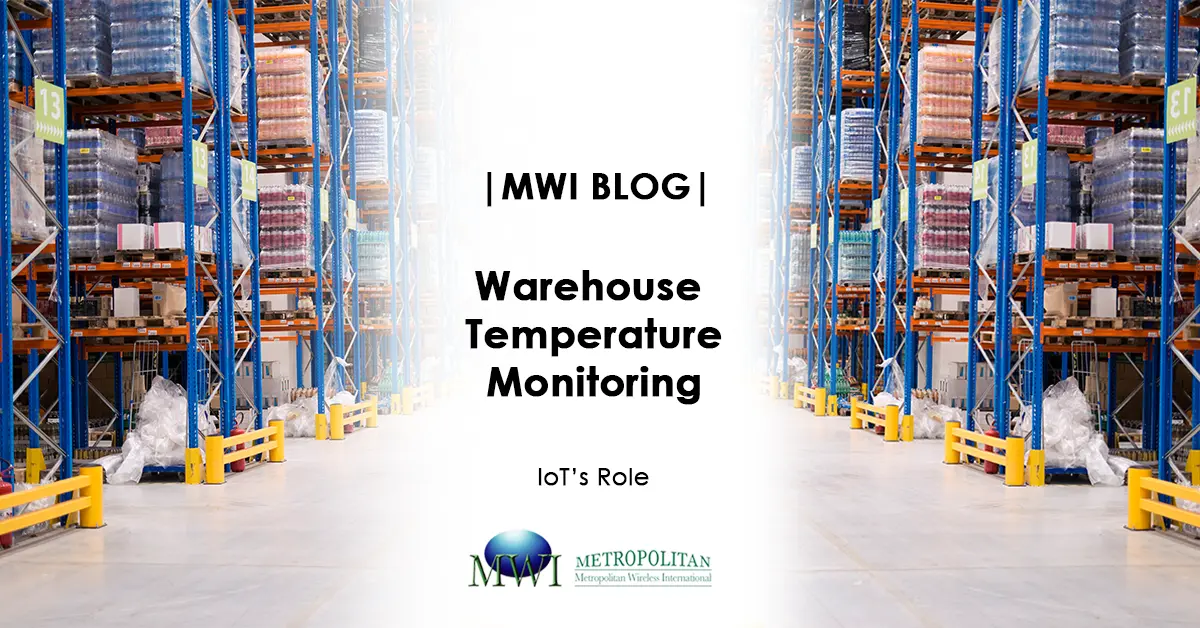The integration of the Internet of Things (IoT) into warehouse operations marks a new era. This technology is particularly transformative. Warehouse temperature monitoring is a critical aspect of this revolution. It ensures product integrity and efficiency in operations.
IoT technology has made warehouse temperature monitoring more accurate and reliable. It benefits industries reliant on precise temperature control. Let’s delve into how IoT is changing the game.
Singapore's Edge in IoT Implementation
Benefits of IoT in Warehouse Temperature Monitoring
Enhanced Product Safety
Operational Efficiency
Data Analysis for Efficiency
Analyzing temperature data is key to improving warehouse operations. This analysis can reveal patterns and areas for improvement. For example, data can show if certain areas of the warehouse are consistently warmer. This insight allows for targeted cooling, which can reduce energy consumption.
Moreover, analyzing temperature data helps in predictive maintenance. It can predict when cooling systems might fail. This allows for repairs before a breakdown occurs. Preventing such failures is vital. It ensures continuous, efficient operations.
Strategic Placement of Sensors
Analyzing temperature monitoring data is like having a roadmap to boost warehouse efficiency. By studying temperature patterns, we can strategically place sensors where they’re needed most. Whether it’s identifying hotspots or areas with fluctuating temperatures, this data guides us in deploying sensors effectively, ensuring thorough monitoring and swift action when needed. It’s not just about keeping products safe; it’s also about using resources wisely and making operations smoother. With this approach, we’re not just managing warehouses; we’re optimizing them for success.
Energy Efficiency and Sustainability
Energy efficiency is a major benefit of effective temperature monitoring. Cooling systems are among the largest energy consumers in warehouses. By optimizing cooling based on data analysis, businesses can significantly reduce energy use.
This not only cuts costs. It also contributes to sustainability goals. In Singapore, where sustainability is a national priority, this is particularly relevant. Businesses can showcase their commitment to green practices through efficient warehouse operations

Challenges and Solutions
Implementing IoT Solutions
The initial setup of IoT systems can be complex. It requires investment in technology and training. Yet, the long-term benefits outweigh these initial hurdles.
Businesses can start small. They can gradually integrate IoT sensors into their operations. Over time, the cost savings and operational improvements become evident.
Data Security and Privacy
With IoT, data security is a concern. Warehouses collect vast amounts of sensitive information. Protecting this data is essential.
Robust cybersecurity measures are necessary. Regular updates and monitoring can safeguard against breaches. Ensuring data privacy and security is crucial for maintaining trust.
The IoT Revolution
IoT is changing how we monitor warehouse temperatures, bringing precision, efficiency, and reliability to the forefront. Especially in Singapore, where keeping logistics running smoothly is crucial, IoT has become a must-have.
As more businesses jump on board, warehouses are getting smarter and more responsive. And this shift is just getting started—it’s set to reshape the logistics industry for years to come.
Warehouse temperature monitoring is now a big deal, and IoT makes it easier and more effective than ever. With this tech leading the way, we’re entering a whole new era of warehouse management.


